 |
| Image credits: Photos published with kind permission from Lensrentals. |
Since Canon announced the 8K-capable EOS R5 mirrorless camera, there has been heated discourse online about the thermal flow inside the camera and its propensity to overheat. Curious photographers have been wondering what the inside of the EOS R5 looks like and what sort of design features Canon has implemented into its latest high-resolution full frame camera. Wonder no more as Roger Cicala and Aaron Closz at Lensrentals have disassembled a Canon R5 to see what’s going on inside.
In terms of thermal design, when tearing down the R5, the duo found multiple heat sinks and thermal pads. For a photo camera, there is a lot of heat sink inside the EOS R5. However, compared to a video camera, the R5 features ‘not even a fraction of what’ is seen in a video camera.
Cicala speculates that it’s possible the camera has been designed to allow heat to exit through the top panel of the camera, as the connection of the top panel to the main body does not feature the same level of sealing found in the connections between the body and the bottom and side plates.
 |
| You can see some of the sealing along the edges where the side plate attaches to the main body. Image credit: Lensrentals |
Speaking of sealing, after having removed the camera’s grip, battery door, bottom plate and side plates, Cicala and Closz found an impressive level of sealing throughout the camera. The battery door has weather resistant gaskets around the edge and the bottom of the battery door compartment itself is a soft gasket material.
Along the bottom plate, Canon placed a ‘soft rubber gasket along the entire mating edge of the pieces.’ This provides a ‘greater seal area’ than what is usually seen in disassembled cameras at Lensrentals headquarters. The same sealing gaskets found here are also present where other body parts are sealed together, such as along the sides of the camera.
 |
Of the weather sealing in the EOS R5, Cicala writes, ‘When we took these pieces apart, you feel the suction when they disengage. That’s not something we’ve seen in other cameras. The thing about weather sealing is it only takes one weak place to leak, but this sealing seems to be a step up from anything we’ve seen before.’ This is certainly a promising find for prospective R5 owners.
While there are gaskets around the I/O ports on the R5, Cicala notes that the HDMI and digital out ports are part of the main printed circuit board (PCB). This means that users should be careful to not damage these ports, as it will result in an expensive repair. On the other hand, the tripod plate and tripod mount itself are both replaceable parts and not soldered anywhere. This is great news for the team at Lensrentals, as they regularly must take apart cameras to make repairs like this before sending them out to new customers.
 |
Moving to the back of the camera, the R5 has more dials than the EOS R but maintains an identical wiring arrangement. There’s a new flex design on the LCD side and you can even see a mark made by a Canon tech in the image below.
On the back of the circuit boards, there is a notable difference between the EOS R5 and the EOS R. The new camera has ‘immensely more intense and dense circuitry.’ In the image below, the green sub-board ‘appears to be about DC power conversion.’ On the left black board, the large white chip is a Wi-Fi chip.
 |
Located beneath the green sub-board is either an aluminum heat sink or an electronic shield. Cicala notes that ‘electronic shields tend to be quite thin, but this is a manly piece of aluminum, 0.98mm thick. I speculate it’s more about heat than electronics. Notice I said ‘speculate.”
When removing the main PCB, Cicala and Closz found a large aluminum heat sink on the underside of the board. There is a layer of insulating tape over the sensor as well. There is also a thermal pad located underneath the CPU, which Cicala speculates means that Canon is directing heat from the four SDRAM chips located around the CPU to one heat sink and the heat from the CPU itself to a different area.
 |
After removing the circuitry, the Lensrentals team was able to inspect the image stabilization system and image sensor arrangement. The sensor assembly is held in place by three screws. To ensure that the image sensor stays perfectly parallel to the lens mount, Canon uses shims to make tiny adjustments. The EOS R used spring tension screws instead. Cicala assumes that ‘the vibration of an IBIS unit could loosen them over time’ and notes that ‘every IBIS camera we’ve opened uses shims.’
Once the circuitry and image sensor/IBIS unit has been removed from the R5’s body, there’s not much left besides the shutter assembly. Lensrentals don’t take apart shutter assemblies as they are incredibly labor-intensive to rebuild and if anything is not lined up perfectly, the shutter timing will be off and only factory software can be used for recalibration.
 |
The sensor is mounted directly to the IBIS plate. Some cameras use screws and plastic tabs to support the sensor, which Lensrentals has seen result in fractures. ‘On all the edges of the Canon unit, the sensor is mounted directly to the IBIS plate; no tabs. That doesn’t mean it can’t break, of course, or glue comes loose. But this seems sturdier to me,’ says Cicala.
Summing up the findings, Cicala writes that the R5 is ‘pretty thoroughly filled up, there are lots of parts and not much air.’ The new weather sealing method found in the lower two-thirds of the camera ‘seems to give a really, really tight seal.’ The IBIS unit ‘is very compact but well-engineered.’
With respect to thermal flow, Cicala believes there are a pair of separate heat sinks. One of them is located under the voltage board and the other between the main PCB and sensor assembly. Both heat sinks include thermal pads to direct heat. There may also be a heat sink in the tripod plate, although it’s unclear. Cicala says, ‘In a small photo camera, there’s not a lot of ventilation/convection current to let the heat out. This camera is better sealed than most; I doubt there’s very much ventilation at all. Somebody should look into that.’
For many more images and details, head to Lensrentals’ full teardown.
Articles: Digital Photography Review (dpreview.com)







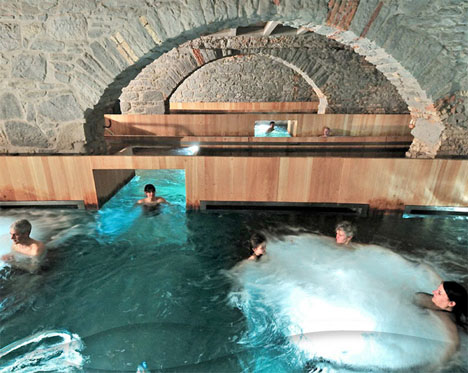
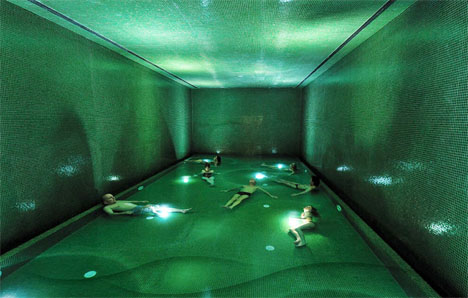
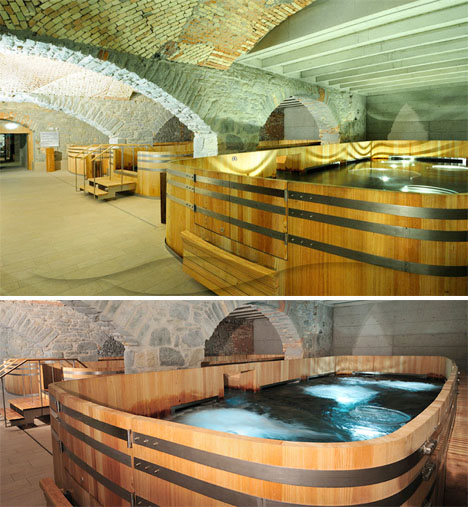

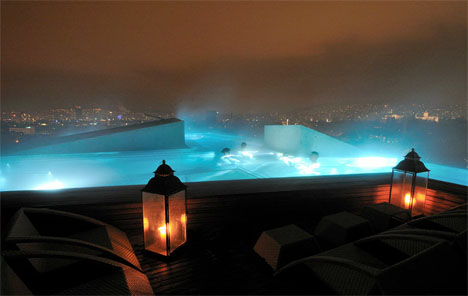
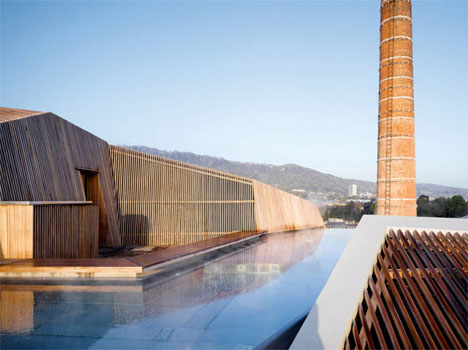
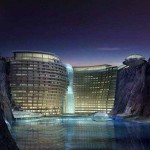











You must be logged in to post a comment.